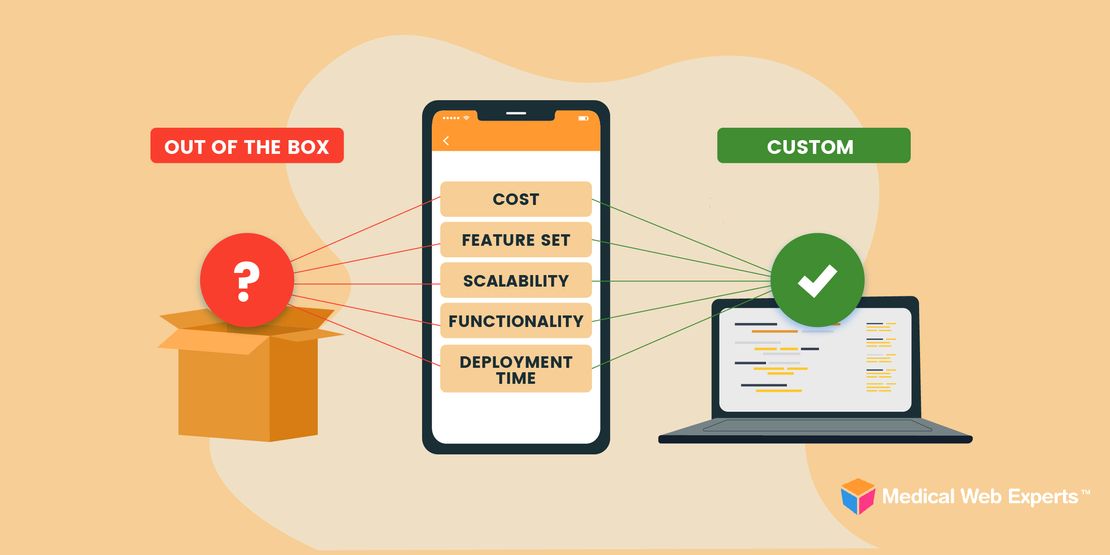The healthcare sector is constantly evolving, making it difficult for patients and medical providers to keep up with current policy. Hospitals, for example, are transforming from sole entities into large regional organizations that will ultimately deliver better service to their patients. Meanwhile, patients are being urged to take a more active role in their health. Due to the fact that the changes occurring in healthcare are affecting people all along the care chain, it is imperative that all parties keep up to date.
Under the Affordable Care Act, for example, patients without insurance are coming to terms with the fact that they will need to figure out a plan of action. Failing to buy insurance through an employer or enroll in an insurance exchange will result in a penalty under the ACA. Beginning January 1, 2014, those not covered by insurance will be charged a yearly penalty. The penalty will be:
- $95 for individuals,
- $285 for families, or
- Up to 1% of an individual’s total income (depending on which is greater).
These numbers are expected to increase to a level estimated between $695 and $2,085 by 2016. While these numbers can be shocking for those without insurance, another part of the ACA is making it easier for people with pre-existing conditions to get approved. Starting in 2014, a restriction will make it illegal for health insurance plans to use pre-existing conditions as a means to deny or limit insurance coverage.
It is important for physicians to take note of these points, seeing as a greater pool of insured individuals will result in an increased number of patients seeking medical care. For healthcare providers, this equates to more potential for revenue. At the same time, however, it means that practices will need to be ready to take on an increased workload.
In order to handle an influx of new patients, physicians can use productivity tools and other IT solutions such as online healthcare portals. These tools can help increase efficiency, decrease operating costs, and automate office tasks, such as appointment scheduling and prescription refill requests.
Patients are shopping for healthcare, so you better stand out.
Unlike in the past, patients now have the option to shop around for healthcare with the click of a mouse. Information for different hospitals and practices exists right at users’ fingertips, and because of this it is important that your online image is one that’s going to attract patients.
Though it might be true that a good percentage of the patients you treat every day come by way of referral, more and more people are shopping around for their care, particularly online. This means that your medical website’s design needs to reflect the identity you want your practice to show. It also needs to stand out because your patients aren’t just finding your practice online – they’re also finding your competitors.
To combat this, find a way to differentiate yourself from your competition. How can you show your patients that you are thought leaders in your field? Identifying that differentiation can make all the difference to a patient who is deciding between two practices.
These changes are happening now, and more are already in the pipeline and heading our way – but don’t be nervous, many of the changes are good. Hopefully, the end result will bring a more efficient, effective solution for patients and physicians alike.


